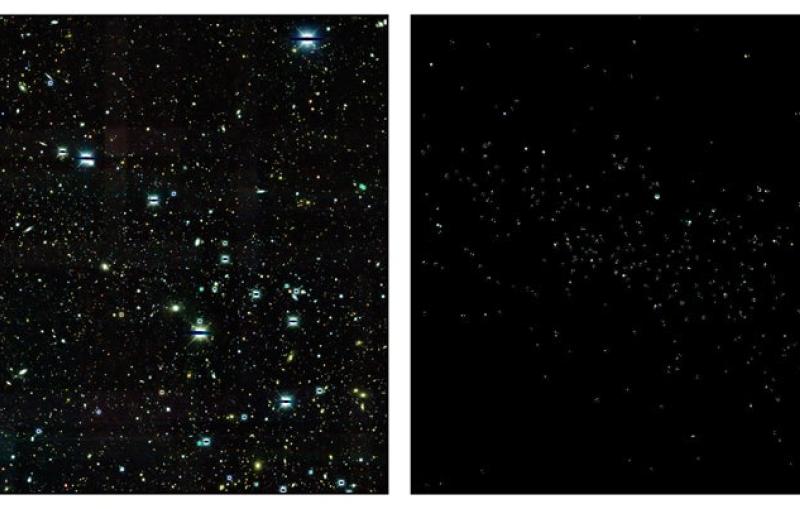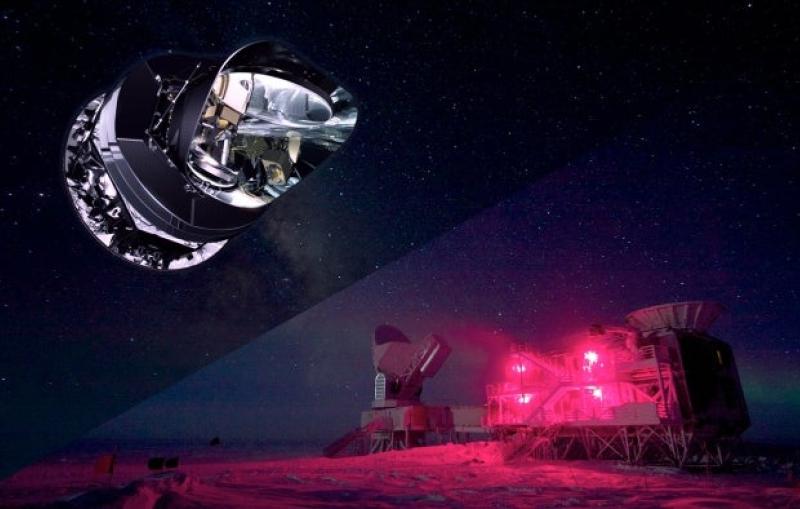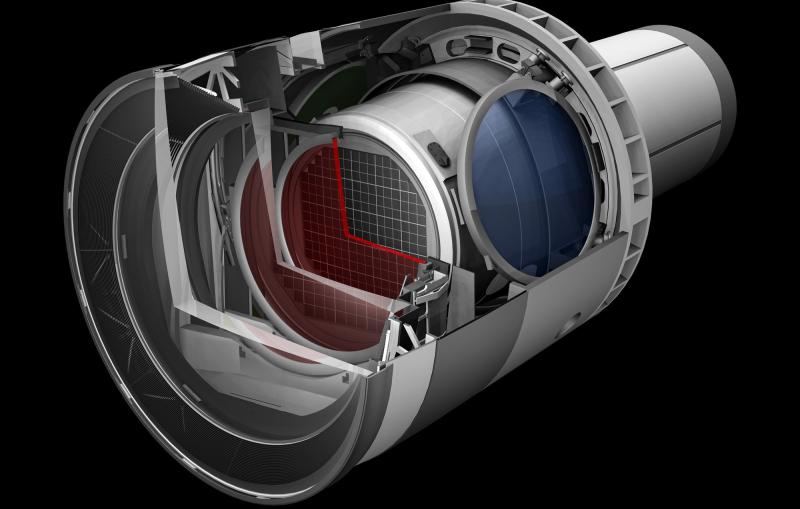Plans to build the world’s largest digital camera at SLAC have reached a major milestone, with funding approval for the 3,200-megapixel camera. The camera will be the centerpiece of the Large Synoptic Survey Telescope (LSST), which will provide unprecedented details...





